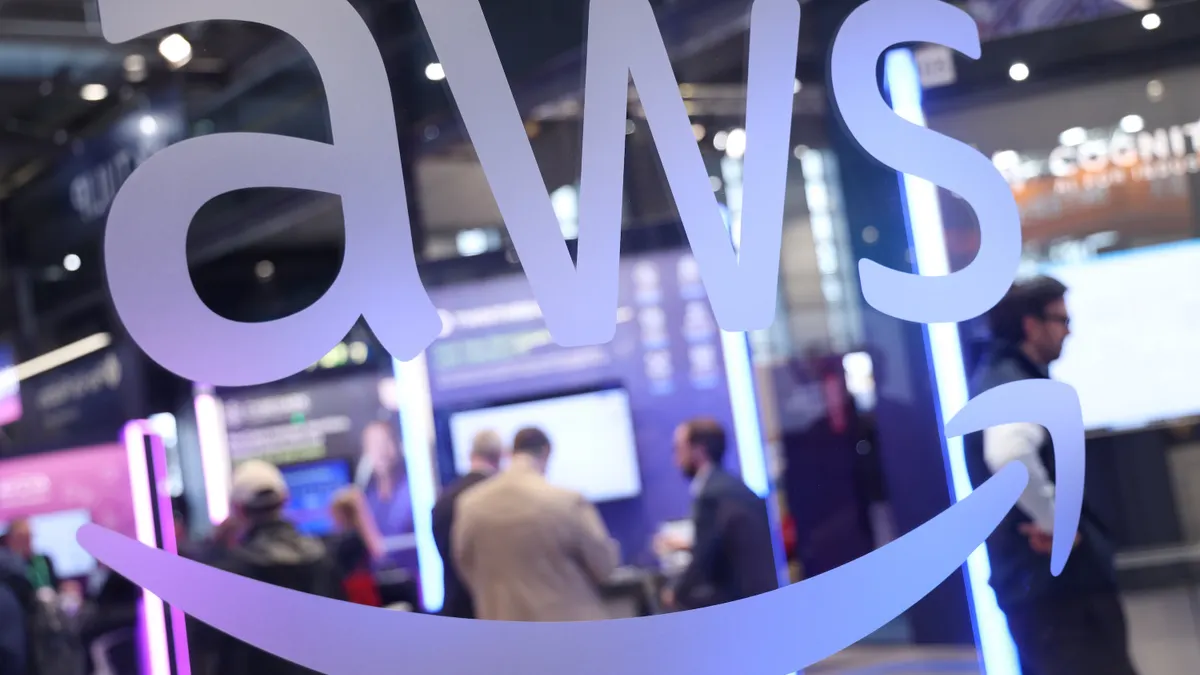Twenty years out from the burst of the dot-com bubble, and 15 years after the launch of Facebook, the tech industry narrative has metastasized.
Now, banks, hotels, automakers and financial firms all claim to be "tech" companies — and talent pros from all backgrounds have looked to tech when prototyping an organizational culture to attract workers.
But recently, beer taps, ball pits, open-office plans and innovation have been overshadowed by shadow workforces, "stack and rank," diversity deficiencies, and harassment allegations. In the past year, workers at Google, Amazon, Microsoft and Facebook have spoken up about their issues with their companies, and leaders have noticed.
"We're in this age of people speaking their voices," Trisha Degg, VP, talent programs and operations at the Illinois Technology Association (ITA), told HR Dive in an interview. "People are speaking out more than they ever have in the past. In the dot-com boom, the exposure the common person had was less because you couldn't go online and share."
Even with the cultural erosion identified by many tech workers, talent pros can learn from industry insiders' takes on the tension.
From a talent pro's perspective
Before Degg was at the ITA, she worked in recruitment for "a dot-com company." Since then, she's seen a greater emphasis on organizational culture that has changed her profession.
"I used to post jobs and never have to hunt for talent," she said, "but the days of posting and praying are over. Companies really have to try harder and talk about their culture because money isn't the only thing that talks anymore — it's an overall total package."
A few factors contribute to how workers experience tech culture, outsiders perceive it and talent pros can promote it. Chief among them is the challenge of scaling, Degg said.
"People are looking to be the next Facebook, but as you build that, staying true to that original culture and vision can be difficult," she said. "You get into this stay-in-your-lane type of thing, and the teamwork and commiserating around the growth — you lose that when you get bigger."
"Tech culture" usually brings to mind long hours, relaxed dress codes and beautiful work campuses. But the cultures of a Facebook-esque startup and a legacy company like IBM are very different, Degg said. Vague culture statements prevent tech recruiters from pitching an accurate vision to prospective hires.
"There are some organizations that are lackadaisical about their hours, and others want you to put in the time and be there early, and that's fine if you're a startup trying to build something," she said. "Companies should be aware of what they want their culture to be and define it."
Considering how hires will be a "culture add" can help tech employers, Degg said. So too can acknowledging when culture falls short — as many say tech has failed at creating inclusive environments that serve diverse workers.
"Perception is reality for your employees," she noted. "You may say you have great inclusion, but I don't believe you can have great diversity if those employees don't feel safe and happy."
From a tech workers' perspective
For Grant Chinn, a user experience (UX) designer and a steering member of the DC Tech Workers Coalition, a tech job promised stability, the chance to be creative, use of his knowledge of computers and some control over his work.
"I'm from the Bay Area in California, so going into tech was just something on our collective radar," he explained.
When he discovered UX, the idea of helping customers appealed to him. "That was something I thought I could get behind — making it easier for the users to use websites and stuff like that."
The problems Degg identified with scale, however, have affected Chinn's experience of tech work culture. Around the time a past employer went public, Chinn felt an "unsaid pressure" to work longer hours to please clients.
The resulting "corporatization" of the culture, he said, gave him less autonomy in his work. While working on a project he felt personally invested in, Chinn said the pressure seemed worse.
Workers in the video game industry and others in "do what you love" roles have reported feeling similarly exploited and burned out.
"But definitely developers and designers have more privilege because we're not as swamped, and I can speak as a salaried employee; it's more chill and we have more time. We're less in survival mode," Chinn added, comparing his experience to that of contract and lower-skill tech workers.
As an organizer with TWC at this moment, Chinn has observed an interconnectedness with tech workers' concerns. He said the emergence of one worker movement can galvanize others.
"Tech has always been doing bad things. We're just kind of being awakened to it as companies grow larger and get their tendrils in more places," he said. "Learning from the collective movements that are happening — like with the #MeToo movement — it's like, 'Hey we can actually do this.'"
If tech workers continue to feel let down by their organizations, Chinn said, their disappointment may spur broader action among tech workers in every role.
"I think the movement should consist of contingent workers and basically anyone who works at a tech company — support people, content moderators. If we're to succeed we'd have to be linked and figuring out how we can all walk out together, if it came to that," he said.
How can tech course correct?
Like Degg, Chinn sees the need to include diverse workers and value them as culture adds. To create a culture of inclusivity that will retain diverse talent and heed their concerns, he believes tech needs greater worker participation at the top.
"When you get into the company and you see that no one in leadership is a person of color or a woman or gender non-conforming, then they're not going to be standing up for what minority interests are," Chinn said. "So one way to alleviate that is to go past diversity interest groups. Maybe have an elected person from the workers who represents the minority views sit on the board to actually support the interests of workers."
Worker representation on corporate boards, or co-determination, is not a new concept. In fact, 50% employee representation is required on boards in Germany. Keeping an open ear and mind when workers attempt to unionize, Chinn said, is another way to know what culture changes are necessary to appeal to them.
Still, the pressure to innovate might always be present in tech. As Degg put it: "We're constantly going to be trying to disrupt since that's what we've been doing since the beginning of time. If you asked people at the time of Henry Ford what they wanted, they would have said a faster horse not a motorized car."
If talent pros listen to the tenor of workers' complaints, though, they're often in line with their organization's mission statements — as with Amazon Employees for Climate Justice's recent appeal to Amazon.
"Our customer obsession requires climate obsession. This necessitates an immediate company-wide plan addressing climate change," it said in part.
"My perspective for a lot of this stuff, like for the Project Maven protests, is that people were saying, 'This is not what we signed up for,'" Chinn said. "What resonated with a lot of people was the Google ethos of 'do no evil' and doing tech for good."
For talent pros seeking solutions, hearing how workers' causes connect to the organizational mission might help start conversations. Urging other leaders to address the root of the unrest may be a step toward fixing tech's brand of turnover, burnout and disengagement.
"I always wanted to sell a product that people wanted to buy as a recruiter," Degg said. "Life is too short to hate your job."




















